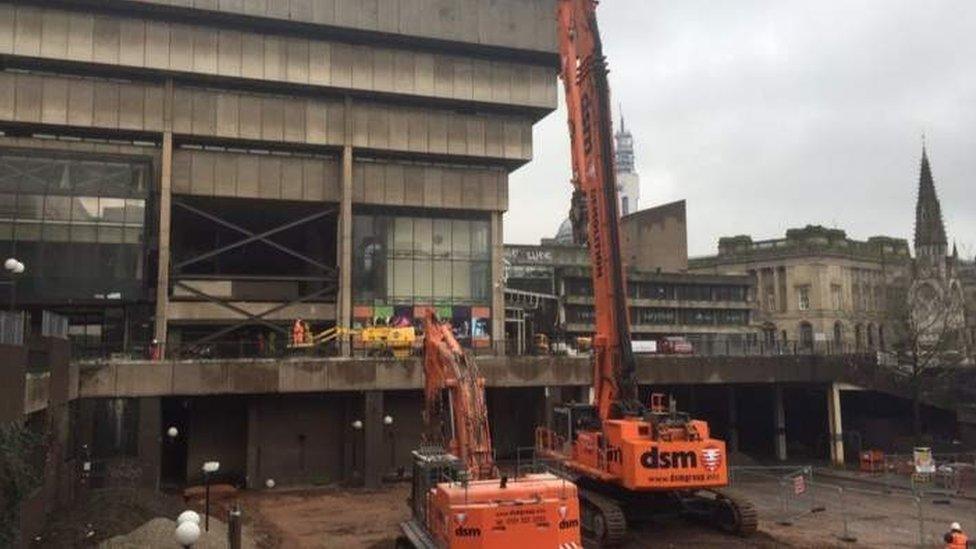In pictures: Birmingham's post-war, Brutalist architecture
- Published
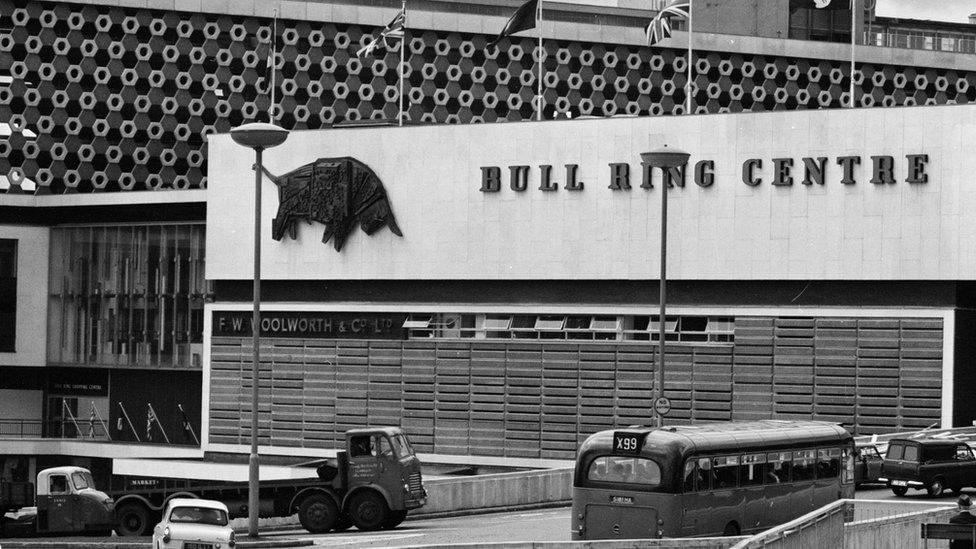
The 1965 Bull Ring Centre included one of the first indoor shopping centres in the UK
Birmingham's post-war, Brutalist architecture, including shopping centres, road intersections and pieces of public art, are being celebrated in a new book.
Published by the Modernist Society, Birmingham: The Brutiful Years contains 22 examples from the period, highlighting architects who helped reshape the city.
A group of local residents known as The Brutiful Action Group, have also contributed essays.
Distinctive buildings in the city such as The Rotunda, Ringway Centre, and the Ashley and Strathcona Buildings at Birmingham University feature alongside the iconic Spaghetti Junction and Corporation Square.
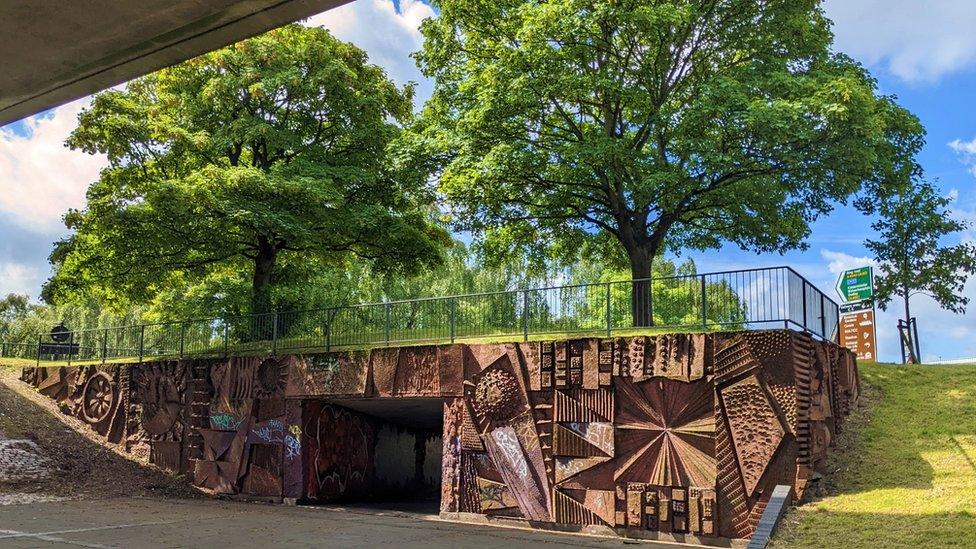
The Hockley Circus Climbing Wall was designed by sculptor William Mitchell

The 1965 Rotunda, a former office block, has become one of the city's most recognisable buildings

"This period was a time of development and creativity for the city, an era when Birmingham became one of the leaders of architectural innovation," said Mary Keating, co-founder of The Brutiful Action Group.
"Despite this, there is very little protection for this period of architecture, and many of the buildings featured in the book are under threat."
She added that through the book the authors were trying to preserve an important piece of history and highlight the value and heritage context of these buildings.
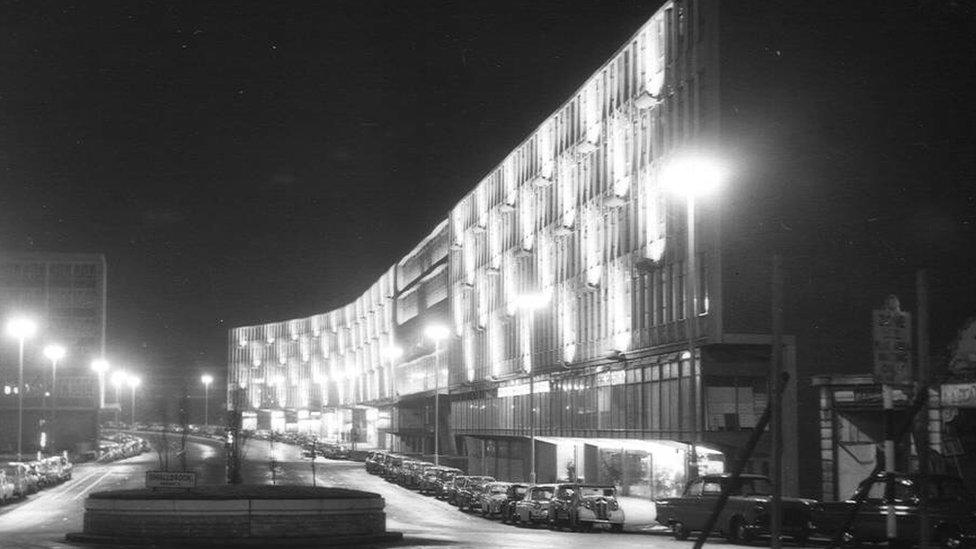
The Ringway Centre by James A Roberts

Gravelly Hill Interchange, better known as Spaghetti Junction, recently celebrated its 50th anniversary

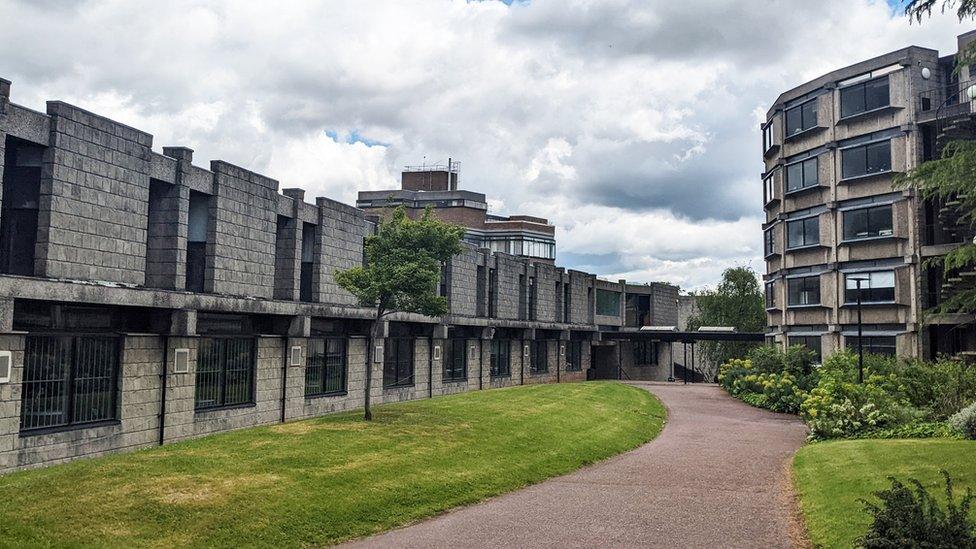
The Ashley and Strathcona buildings were built between 1961 and 1964
Jack Hale, of The Modernist Society, said: "Brutalist architecture can be divisive - but love it or not, these buildings are unique, original, and an important part of Birmingham's heritage."
He added the book was a "fitting tribute to some true masterpieces of modernist design, with a real sense of history and nostalgia".
"We hope that it helps people to appreciate the value of this period of Birmingham's architectural history."

Follow BBC West Midlands on Facebook, external, Twitter, external and Instagram, external. Send your story ideas to: newsonline.westmidlands@bbc.co.uk , external
All photos subject to copyright.
Related topics
- Published23 May 2022
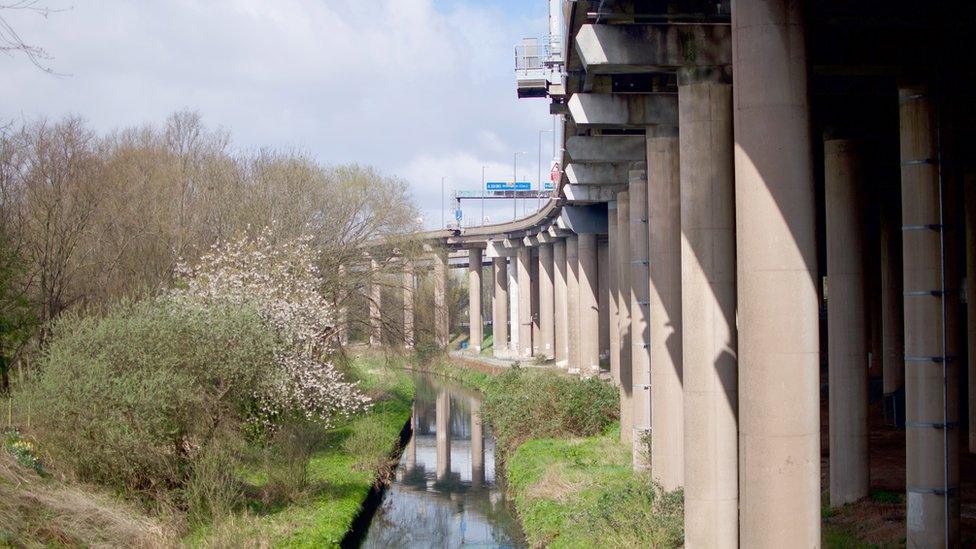
- Published26 May 2022
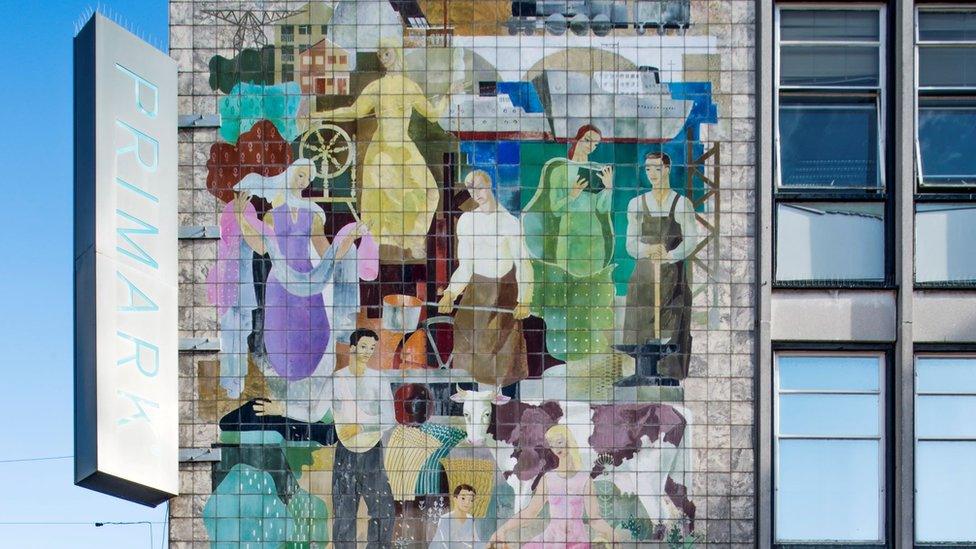
- Published14 December 2015
